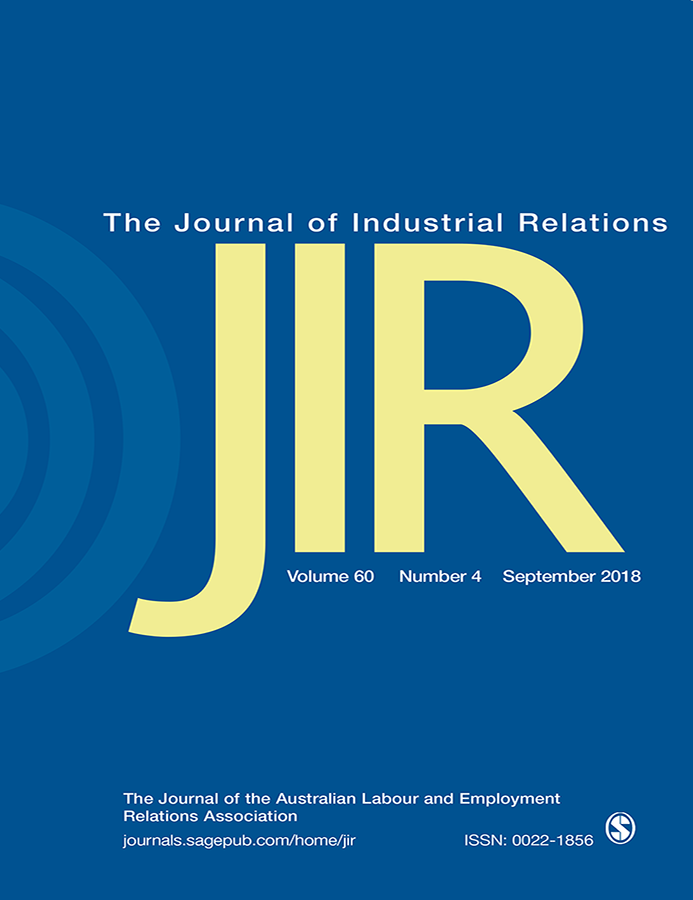We utilize two representative cross-national data sets to shed light on what has been a vexing problem in the industrial relations literature; namely, the existence and persistence of the representation gap documented more than a decade ago by Freeman and Rogers (1999). Specifically, we estimate the determinants of employee desire for a range of collective voice mechanisms, including unionization. We do this separately for the US and Canada and then, using an application of the Oaxaca decomposition technique, we decompose the differences in those desires between the two countries into a component due to differences in the characteristics of respondents and another due to differences in preferences for collective voice mechanisms. Our results indicate that: (1) roughly half of workers in both countries expressed a desire for a range of collective voice mechanisms to deal with workplace issues; (2) that desire for collective voice was stronger in the US than in Canada; and (3) that virtually all of the stronger desire for collective workplace voice in the US, as compared to Canada, was due to stronger employee preferences for collective solutions as opposed to differences in the characteristics of workers. We offer plausible explanations for our findings and discuss the implications for labour law reform.
Publication Type
- Article



